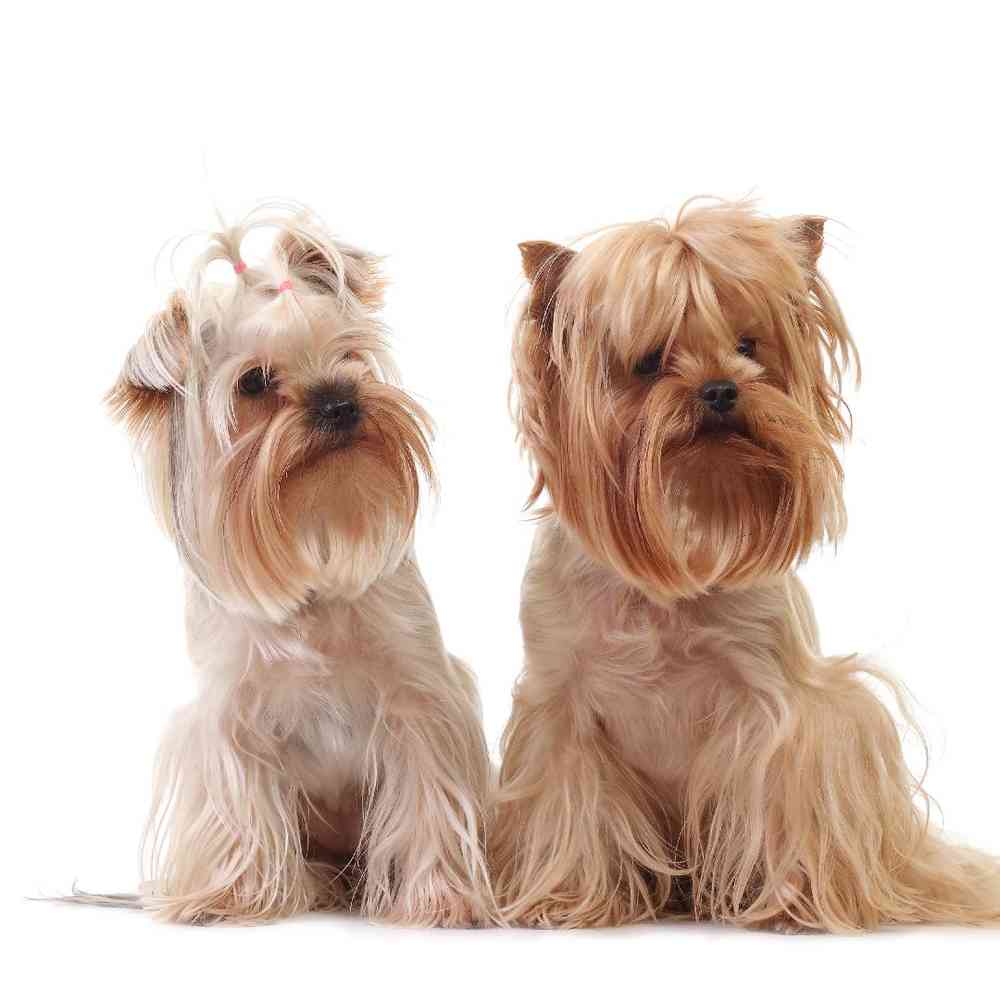Yorkie

Beneath the dainty, glossy, floor-length coat of a Yorkshire Terrier beats the heart of a feisty, old-time terrier. Yorkies earned their living as ratters in mines and mills long before they became the beribboned lapdogs of Victorian ladies.


Want to know more about Yorkie ?
Breed Traits
General Appearance
That of a long-haired toy terrier whose blue and tan coat is parted on the face and from the base of the skull to the end of the tail and hangs evenly and quite straight down each side of body. The body is neat, compact and well proportioned. The dog's high head carriage and confident manner should give the appearance of vigor and self-importance.
Size, Proportion, Substance
Head
Body
Leg and Feet
Tail
Coat
Color
Disqualifications
Group
Toy


